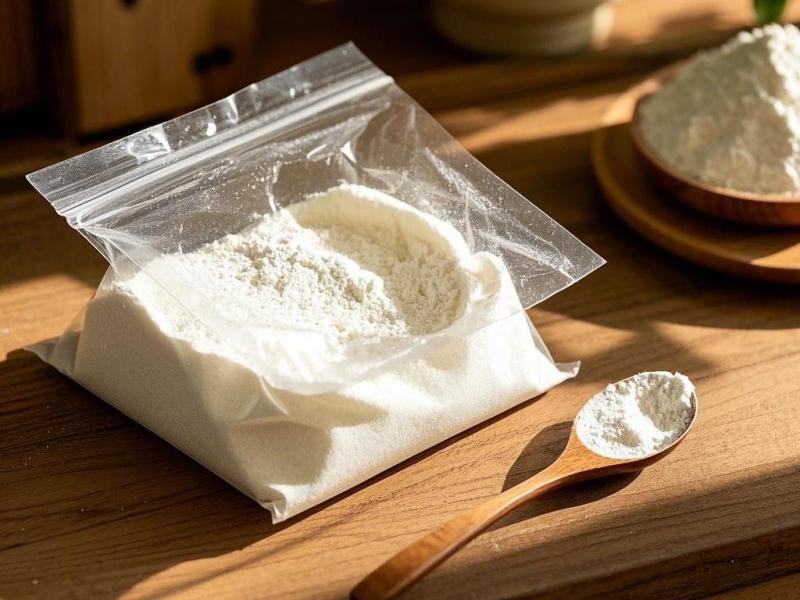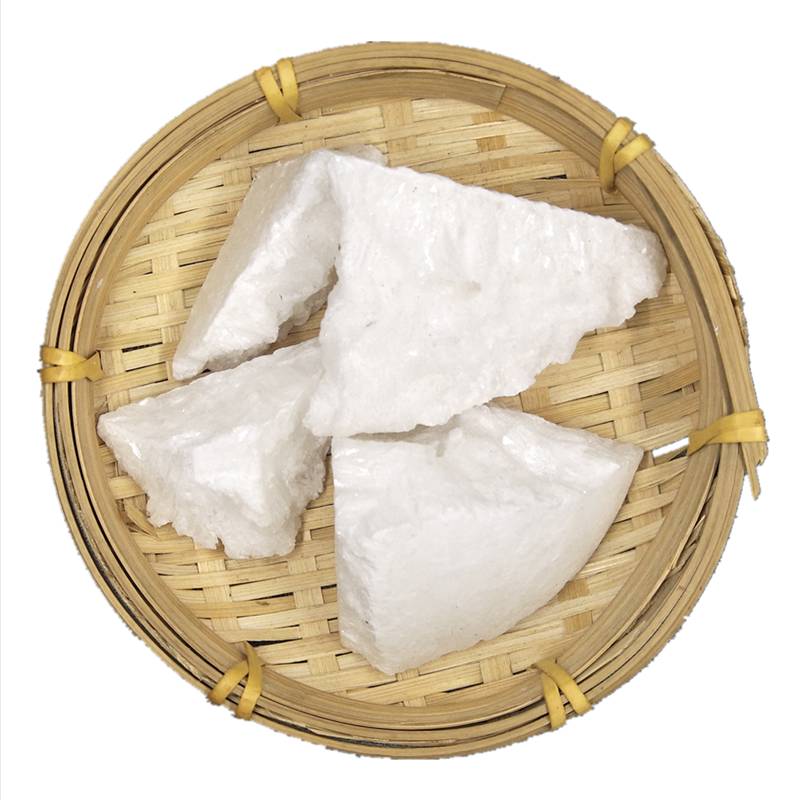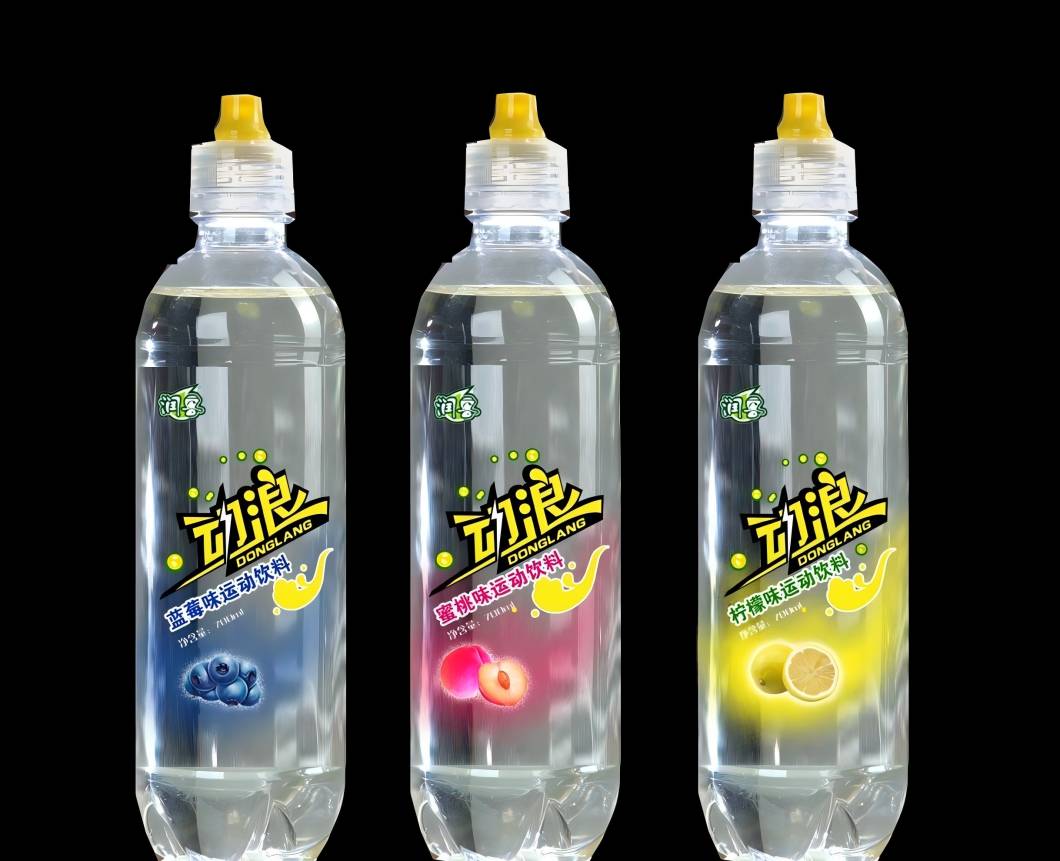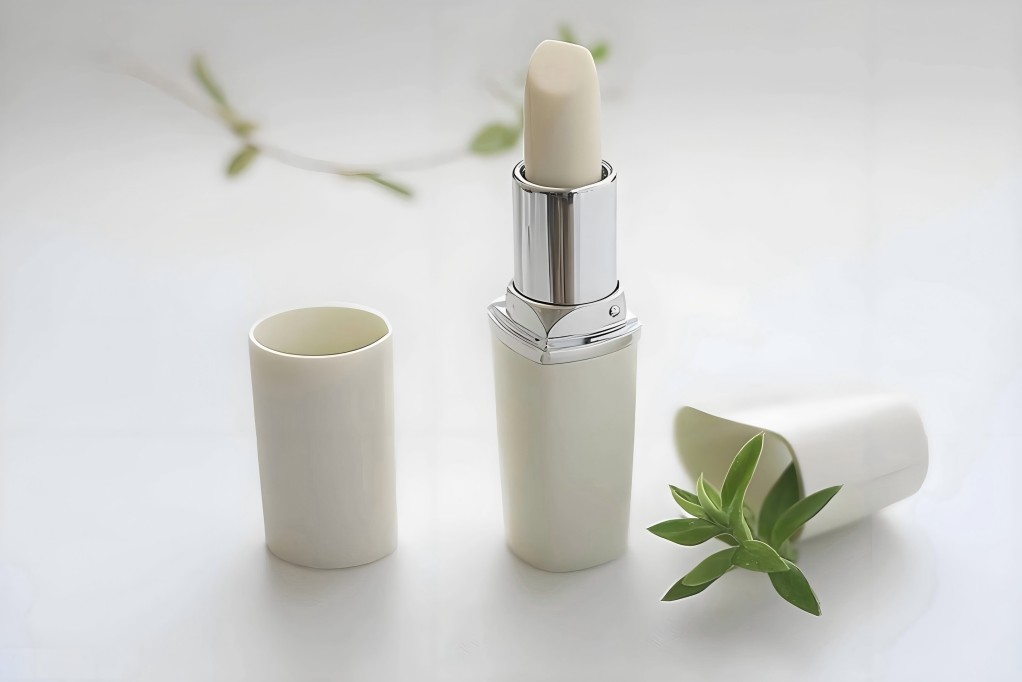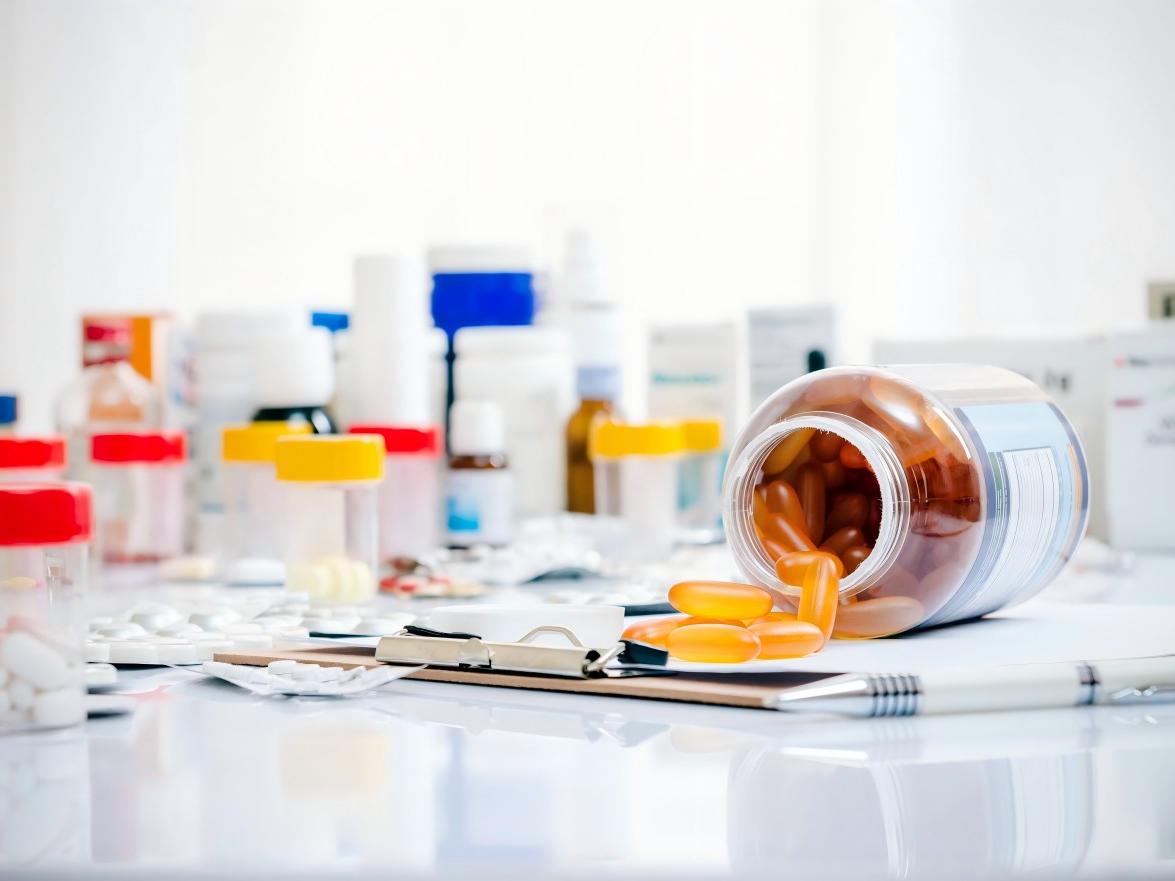Study on Natural Healthy Food Ingredient Octacosanol Powder
Octacosanol (C28H57OH) is also known as montanol and sorghum alcohol. It is a naturally occurring straight-chain higher aliphatic alcohol. Beeswax, rice bran wax, sugarcane wax and shellac from natural sources all contain octacosanol [1]. As an emerging pharmaceutical and health food functional ingredient, the research and development of octacosanol is booming, especially in the development of health food. In order to better promote its development and application, we have summarized its research in recent years as follows:
1 Physical and chemical properties
Octacosanol is a white powder or scaly crystal that is tasteless, odorless, and does not absorb moisture. Melting point 81~83℃. It is soluble in hot ethanol, ether, benzene, toluene, chloroform, petroleum ether and other organic solvents, but insoluble in water. It is very stable to acids, alkalis, reducing agents, light and heat, but has good biodegradability [1-3].
2 Toxicity studies
Acute toxicity experiments have shown that the LD50 of octacosanol when orally administered to mice is above 18,000 mg/kg, which is safer than table salt (LD50 = 3000 mg/kg). Experiments were conducted using Policosanol, a natural high-grade fatty alcohol mixture with octacosanol as the main active ingredient (60%-70% content). When SD rats were orally administered a dose 1700 times higher than the recommended human dose, no toxic reaction was observed. In long-term toxicity experiments, SD rats showed no toxic reactions when orally administered with Policosanol at doses of 50–5000 mg/kg per day for up to 6 months, and no toxic reactions when orally administered with 0.5–500 mg/kg per day for up to one year. Long-term toxicity tests with rhesus monkeys and dogs also proved that Policosanol is safe. In teratology experiments, octacosanol was negative in the mouse sperm aberration test, mouse bone marrow micronucleus test, and Ames test, which clearly indicates that octacosanol has no teratogenic, mutagenic, or carcinogenic effects [1–4]. The clinical or daily use amount of octacosanol is 5–10 mg per day, so it is very safe for medicinal or food use.
3 Pharmacological effects
Octacosanol has gradually become better known since its therapeutic effect on human reproductive disorders was discovered in 1937. Starting in 1949, Dr. Cureton of the University of Illinois in the United States and others conducted research on 894 people over a period of 20 years, testing them on 42 items such as reaction sensitivity and motor nerve function, and proved that it has various physiological functions such as strengthening the body. Other studies by nutrition experts have also reached the same conclusion: octacosanol has good pharmacological activity and is an ideal natural health food additive [3,5].
3.1 Enhances stamina, energy and physical strength
Animal experiments have shown that octacosanol powder can significantly increase the swimming time of mice, increase the ATP constant in mouse muscles and reduce the glycogen content in muscles. Human trials have also shown similar effects, and after exercise, they have shown lower blood pressure and heart rate, and octacosanol has an outstanding effect in enhancing human exercise performance [6].
3.2 Strengthens heart function and prevents cardiovascular disease
In the test of octacosanol preventing myocardial damage caused by strenuous exercise, after the rats were exhausted from swimming, the decomposition product of lipid peroxidation caused by free radicals in the myocardial mitochondria, malondialdehyde (MDA), increased significantly, and the Ca2+ concentration in the myocardial mitochondria decreased. However, after octacosanol was administered, MDA increased insignificantly, and the activities of superoxide dismutase (SOD) and glutathione peroxidase (GSH-Px) decreased insignificantly. There was no significant change in the Ca2+ concentration in the myocardial mitochondria, indicating that octacosanol can improve myocardial function, inhibit lipid peroxidation in myocardial mitochondria after exercise, and prevent myocardial damage [7].
In addition, policosanol, which is mainly composed of octacosanol, has the pharmacological effect of lowering blood lipids and preventing atherosclerosis. A large number of pharmacological and clinical trials have confirmed its strong effect of lowering serum low-density lipoprotein cholesterol (LDL-C) and total serum cholesterol (TC), and it has a good cholesterol-lowering effect, with few side effects and good tolerance. It is a safe and effective drug for the treatment of hypercholesterolemia [4]. Some researchers have also used drugs containing octacosanol to treat coronary heart disease patients over the long term, and have found that the treatment process is accelerated, which may be related to an improvement in myocardial ischemia [6].
3.3 Improves the body's metabolic rate
Mouse experiments have shown that octacosanol has a positive effect on the activity of phosphofructokinase (PFK), succinate dehydrogenase (SDH), coenzyme I-tetrazolium reductase (NADH-Tr) and ATP in both cardiac and skeletal muscle. Among these, the activity of the ATP enzyme was significantly different from the control group, SDH in type I muscle fibers and PFK in type II muscle fibers in skeletal muscle were significantly different from the control group. This indicates that octacosanol has the effect of promoting energy metabolism in mouse heart muscle and skeletal muscle [8].

3.4 Enhances adaptability to environmental changes
Under weightlessness conditions, astronauts will experience a series of physiological and biochemical changes such as increased blood viscosity, elevated blood lipids and loss of bone calcium. Experiments were conducted using tail-suspended rats to simulate weightlessness and observe the effect of octacosanol on the biological effects of weightlessness. It was shown that octacosanol can significantly increase thymus weight, significantly improve femoral biomechanical properties, and improve the fluidity of red blood cell membranes in simulated weightless rats. This suggests that octacosanol is a substance that can be used to enhance the body's adaptability to environmental changes and has good development prospects in the research and development of functional foods.
3.5 Other effects
Studies have shown that octacosanol also has the effects of improving reaction sensitivity; improving stress tolerance; relieving muscle pain; promoting the action of sex hormones; lowering systolic blood pressure; promoting the oxidative decomposition of lipids; inhibiting gastric ulcers; preventing blood clotting; protecting the liver; and protecting cells.
4 Natural resources and extraction technology
Octacosanol is a naturally occurring higher aliphatic alcohol that is widely distributed but generally low in content. It is mainly extracted from various insect waxes and plant waxes, such as rice bran wax, sugar cane wax, candelilla wax and beeswax. Commonly used extraction and preparation methods include distillation, crystallization, supercritical fluid extraction, molecular distillation and ultrasonic hydrolysis. Comparatively speaking, supercritical fluid extraction can obtain high-purity octacosanol products without solvent residue; molecular distillation has a high yield and causes little environmental pollution. The product obtained by combining molecular distillation and ultrasonic hydrolysis has high purity, a low iodine value, and heavy metal and microbial content that meets food additive requirements. It is a better method for extracting higher fatty alcohols [1,6].
4.1 Shellac
Shellac is the secretion of insects that parasitize on the branches of the wax tree. It is abundant in resources, and its main component is a mixture of fatty acid esters, which can account for more than 90% of the content. Using it as a raw material to extract high-grade fatty alcohols can yield up to 9%, and the product contains about 40% of behenyl alcohol. Crude wax is heated and melted, then molecularly distilled to remove impurities such as free fatty acids to obtain refined wax. The refined wax is hydrolyzed with lithium aluminum hydride in anhydrous ether, and after acidification, a crude product of high-grade fatty alcohol is obtained. The crude product is heated and melted, then molecularly distilled to obtain a white, creamy mixture of high-grade alcohols [1,10].
4.2 Rice bran wax
Rice bran wax is a by-product of rice bran oil extraction. After removing impurities such as glycerides and sterols, crude rice bran wax is refined to obtain refined rice bran wax, the main component of which is high-grade fatty acid esters. The crude rice bran wax is heated with 2.5 times the amount of ethanol under stirring, and the refined rice bran wax is cooled and precipitated. The refined bran wax is saponified with NaOH in ethanol by heating, and an ethanol solution of CaCl2 is added to the saponified material. The long-chain fatty acids are converted to calcium salts and precipitated. The mixture is filtered while still hot, and the filtrate is cooled to precipitate a mixture of higher fatty alcohols. The mixed fatty alcohols are dissolved in acetone and washed to remove the fatty alcohols with carbon chains of less than 26. After cooling, the mixture is filtered to obtain a white mixture of higher fatty alcohols. Vacuum distillation is then used to obtain the products 28-alkanol and 30-alkanol [2].
4.3 Beeswax
Beeswax contains about 70% long-chain fatty acid esters, from which octacosanol can be extracted, but the yield is low and the purity is not high. Beeswax is dissolved in 95% ethanol and heated to boil. The upper layer is poured off while still hot, and the refined wax precipitates after cooling. The refined wax is saponified with KOH in ethanol-benzene, and the aqueous layer is separated after stirring while hot with hot water. The benzene layer is recovered as a viscous liquid, dissolved by reflux with n-butanol, and concentrated hydrochloric acid is added in batches. After cooling, a fatty alcohol mixture is precipitated, the main components of which are octacosanol and triacontanol [11].
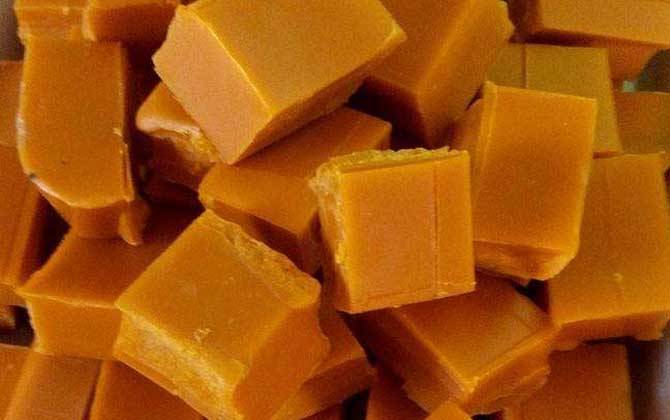
4.4 Sugarcane wax
Sugarcane wax is found on the surface of the stems and leaves of sugar cane and can be extracted from the filter residue of sugar refineries. It is composed of alcohols, aldehydes and acids with a chain length of C28 as the main component, and the content of octacosanol can be as high as 70%. However, due to differences in species, domestic sucrose wax contains less wax and more impurities, making it difficult to separate, and it is of little practical significance [1,12].
Sugarcane wax is saponified with an ethanol-alkali solution. The solid material after saponification is extracted with an organic solvent to obtain long-chain fatty alcohols. The extract is separated by chromatography or distillation to obtain octacosanol. It can also be extracted using the supercritical fluid extraction method with CO2. Generally, after two stages of separation, a higher purity octacosanol product can be obtained, with a higher yield than the rectification method.
5 Quality analysis methods
Octacosanol is a high-grade fatty alcohol, and gas chromatography is often used for qualitative and quantitative analysis. This method is relatively stable and has good reproducibility, and can be used to determine the content of octacosanol or its preparations. With some minor improvements, this method can also be used to analyze natural mixtures of high-grade alkanols, and is suitable for routine analysis and quality control of products. Although ordinary gas chromatography has good accuracy and linearity, and can be used for general production control analysis, when the concentration is low, the separation of C28 alcohol and C30 alcohol is not very good. However, when the concentration is low, the separation of C28 alcohols and C30 alcohols is not very good, and at this time, capillary gas chromatography is required to achieve better separation and analysis results [13-16].
Although gas chromatography can basically meet the analytical needs of octacosanol, octacosanol has a high boiling point, and there are difficulties in the analytical operation, so other analytical methods should be studied and developed. From the basic perspective of traditional Chinese medicine analysis, high-performance liquid chromatography is a good analytical method, but there have been no reports of research using high-performance liquid chromatography to detect octacosanol in China.
6 Development and application status
As a new type of healthy food ingredient, octacosanol is highly regarded by the health food industry for its unique functions and safety. It is widely used in functional foods, nutritional supplements, pharmaceutical products, and cosmetics. Japan and the United States were early adopters of octacosanol, and they have developed a relatively comprehensive range of products. Japan began developing it as a health food in 1985, and octacosanol is mostly extracted from rice bran wax as a raw material. There are GDLDE-NI gel pills, Oet-1500 tablets, various health care capsules, candies, anti-fatigue sports drinks, biscuits and other products that have been launched one after the other. In 1986, the United States launched a product containing octacosanol powder, and subsequently developed a series of products such as Oet-2000 [1]. Cuba has also developed a well-known product containing 60-70% octacosanol, Policosanol, which is exported to many countries around the world [4].
Currently, some domestic companies have developed the technology for octacosanol products and applied for several patents, such as “a preparation method of rice bran active substances octacosanol and tricosanol”, “a mixture of high-grade primary fatty alcohols extracted from beeswax and a method for separating and purifying them”, and “a method for preparing a mixture of high-grade primary fatty alcohols from sugarcane wax”. However, the main focus is on the production of octacosanol (purity 5% to 90%) for export, with only a very small number of formulated products being marketed. The entire industry lacks mainstream products.

7 Development prospects
With the widespread acceptance of the “back to nature” lifestyle, the demand for natural octacosanol health products is increasing both domestically and abroad. In particular, the US FDA's approval in July 2001 that octacosanol can be used as a health food additive has greatly promoted the research and development of octacosanol products and activated the huge market for octacosanol health products worldwide [6].
In China, we often start with traditional Chinese medicine and dietary therapy when developing health foods, and pay more attention to traditional medicinal foods such as “ginseng and antler” and “caterpillar fungus”. We place more emphasis on the individual “tonic” needs of consumers, on correcting “discomfort” or “dysfunction” in the body, and tend to focus more on the functional application of “medicine”. However, for daily health foods and nutritional supplements for the general population, there is not enough emphasis on emerging health functional ingredients such as octacosanol, and the market share of related products is also very low. However, with a population of 1.3 billion, as living standards improve and health awareness grows, people will gradually pay more attention to the daily health needs of ordinary people. Therefore, there is a huge potential market for natural octacosanol health products in China.
China is a big agricultural country, with huge industrial output of rice, sugar cane, beekeeping, etc., and agricultural by-products such as rice bran, sugar cane peels, and beeswax can all be used to extract natural octacosanol. This provides good conditions for the development of a natural octacosanol health industry. Focusing on the comprehensive utilization of these agricultural by-product resources and developing related extraction technologies and the research and development of preparation products has broad prospects for promoting the development of natural octacosanol health products and improving the comprehensive benefits of agricultural by-product resources.
References
[1] Lei B F. Application and preparation of octacosanol [J]. Western Cereals, Oils & Foodstuffs Science and Technology, 2003, 28(3): 41-44.
[2] Jiao C S, Wang X Q. Extraction of octacosanol and tricosanol from rice bran wax and product analysis [J]. Chemical Engineer, 2002, (4): 14-15.
[3] Song Jianhua, Liu Zhengyang, Cheng Jianxin, et al. Research and development of a new health food additive: octacosanol [J]. Journal of Xiamen University (Natural Science Edition), 1998, 37(3): 414-418.
[4] Guo Zhi, Xu Li. Natural high-grade alkanol mixture: a new cholesterol-lowering drug from sugarcane wax [J]. Foreign Medicine · Herbal Medicine, 2001, 16 (6): 231–236.
[5] Liu Yuanfa, Wang Xingguo, Jin Qingzhe. Study on the stability of O/W emulsion of octacosanol [J]. China Oil and Fat, 2004, 29 (10): 55–57.
[6] Chen Youshuang, Li Jiayuan. Research progress on the physiological activity and application of the functional substance octacosanol [J]. Journal of Guangxi University of Technology, 2005, 16(3): 20-22.
[7] Yu Changqing, Zhang Guohai. Study on the anti-mitochondrial damage of rat heart by octacosanol [J]. China Food Additives, 2003, (2): 35-37.
[8] Huo J S, Han Y S, Shi J P, et al. Effects of octacosanol on energy metabolism in mouse heart and skeletal muscle [J]. Journal of China Agricultural University, 1996, 1(3): 5.
[9] Bai S M, Xie L Q, Liu C L, et al. Observation of the effects of adding octacosanol to food on some physiological indicators of tail-suspended rats [J]. Aerospace Medicine and Medical Engineering, 1997, 10(6): 450-452.
[10] Zhang Xiangnian, Shen Honggang, Li Xianwen, et al. Small-scale preparation of high-carbon alcohols containing octacosanol [J]. Chinese Journal of Pharmaceutical Industry, 2002, 3(3): 112-113.
[11] Xu Weiliang, Ye Mengzhao. Study on the separation of crude triacontanol-1 from beeswax [J]. Zhejiang Chemical Industry, 1990, 21(1): 59-60.
[12] Bao Guoyu. Discussion on the extraction of certain health products from sugar cane (Part 1) [J]. Sugarcane Sugar Industry, 2003, (1): 40-46.
[13] Li R H, Yu J G, Shu Y H, et al. Gas chromatographic determination of octacosanol and triacontanol [J]. Modern Instrument, 2000, (4): 34-36.
[14] Wang S H, Ye F. Determination of beeswax and triacontanol and eicosanol in beeswax capsules by capillary gas chromatography [J]. Traditional Chinese Medicine, 2001, 24 (10): 741–742.
[15] Chen Fang, Yan Hong, Cai Tongyi. Determination of eicosanol and tricosanol in furfural extract by gas chromatography [J]. Food Science, 2003, 24 (4): 119–121.
[16] Lu Jie, Zhao Wenbao, Zang Ning, et al. Gas chromatographic analysis of natural high-grade alkanol mixtures [J]. Food Industry Science and Technology, 2004, 25(7): 129-131.


 English
English French
French Spanish
Spanish Russian
Russian Korean
Korean Japanese
Japanese